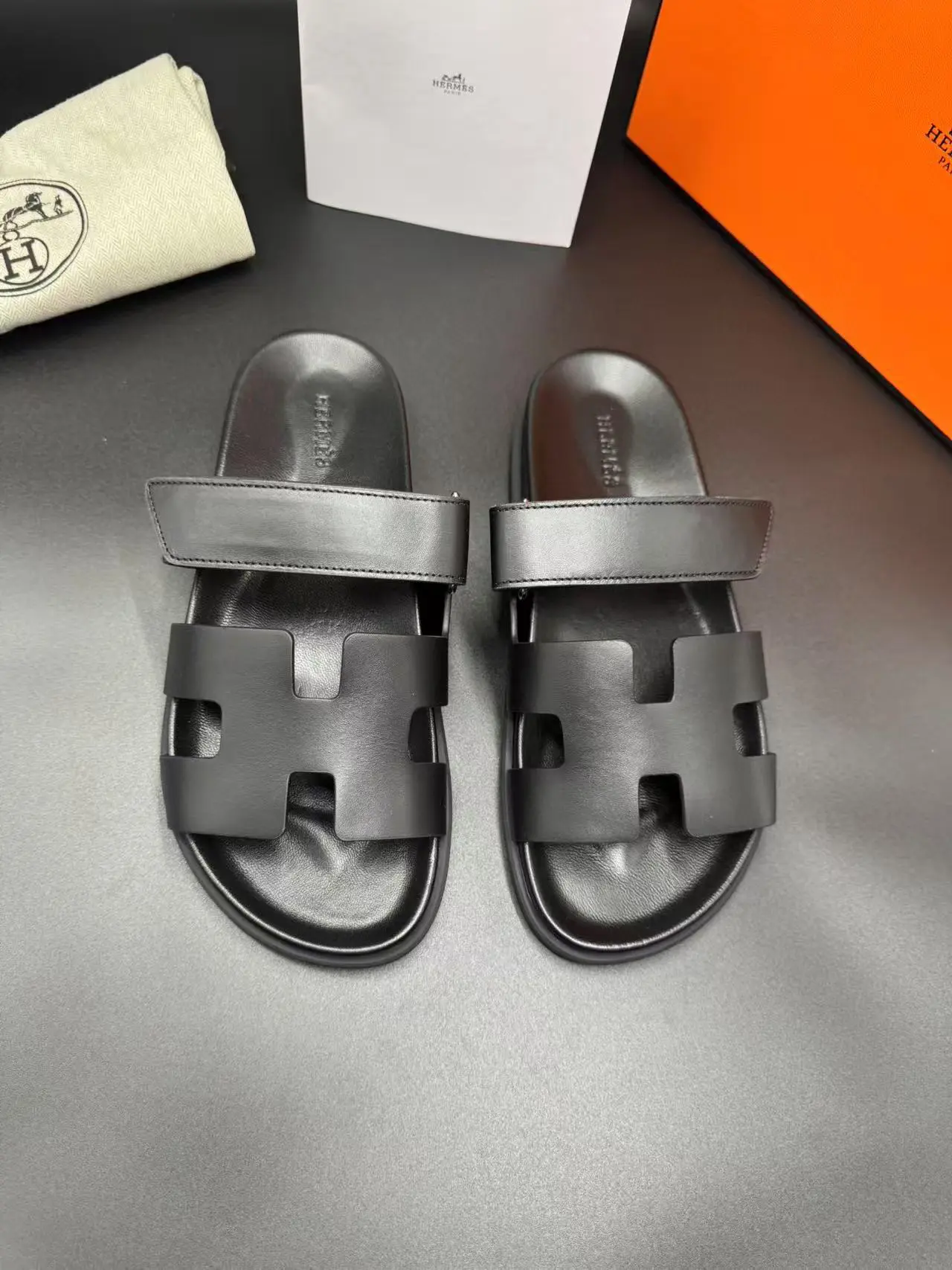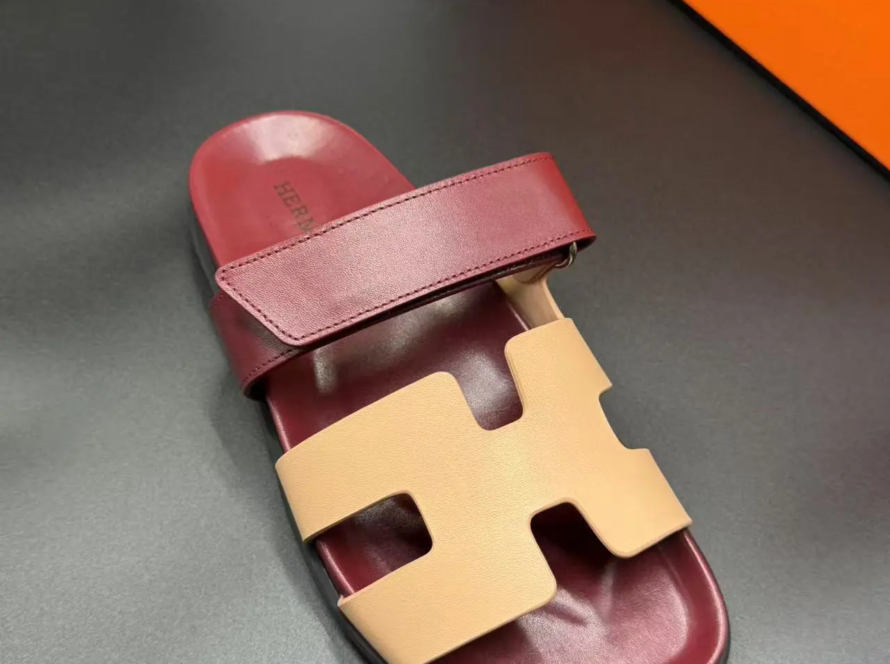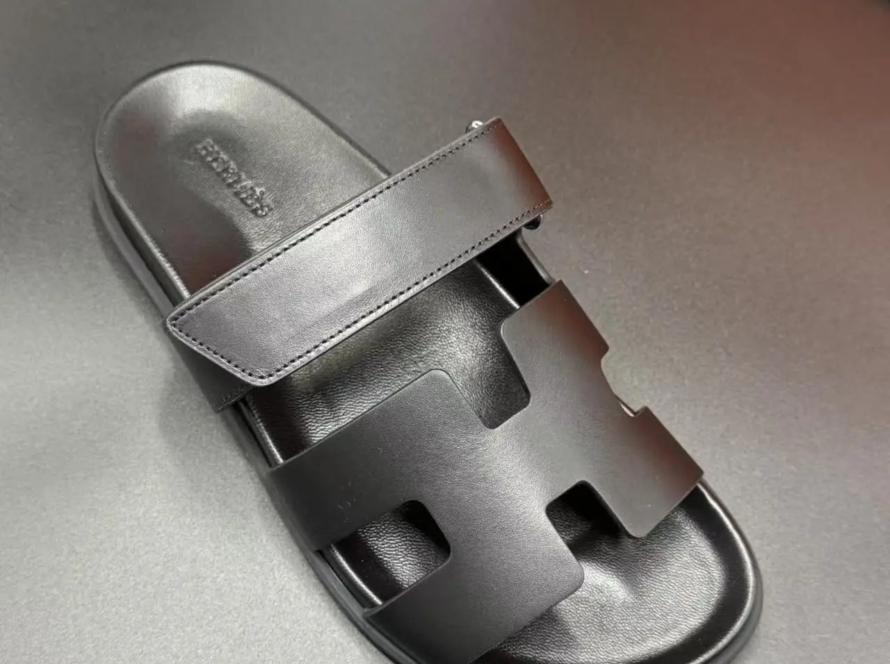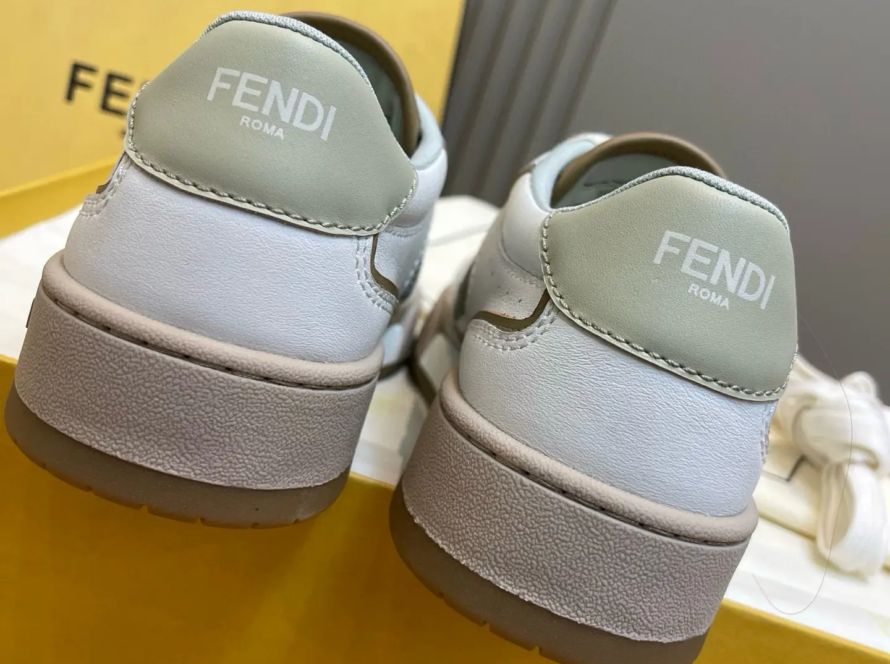
The art of understated luxury: a closer look at Loro Piana scarves
In a world of luxury where logos are often more important than craftsmanship, Loro Piana stands alone as a whisper of sophistication rather than a shout. For discerning connoisseurs, Loro Piana scarves are more than accessories; they are heirlooms in the making, woven from the rarest fibers and imbued with centuries of Italian art. Whether you’re a collector of timeless pieces, a lover of custom tailoring, or someone who demands perfection from your wardrobe, these scarves represent the pinnacle of wearable luxury.
A tradition of luxurious fiber weaving
Founded in 1924, with its textile roots dating back to the early 1800s, Loro Piana has spent generations mastering the alchemy of transforming nature’s most exquisite gifts into tactile poetry. The brand’s scarves are a testament to this heritage, made entirely in Italy and with an unwavering commitment to quality. Unlike mass-produced luxury goods, each scarf tells an origin story—from the windswept highlands of Mongolia and Inner Mongolia, where Capra goats produce the world’s softest cashmere, to the Andean highlands, home to the elusive vicuña wool rarer than platinum.
Fiber Revolution: Cashmere and Beyond
• cashmere standard: Loro Piana’s cashmere is ethically harvested during the goats’ natural moulting season, ensuring the animals are not harmed. What sets their cashmere apart is the meticulous sorting process: only fibers with a diameter under 13.5 microns (the average human hair is 75 microns) are selected, resulting in a scarf that is both lightweight and insulating and feels like a “second skin.”
• Vicuña: fiber of the gods: Camel hair was once reserved for the Inca royal family and is Loro Piana’s crowning achievement. The fiber fineness of the vicuña scarf is 12 microns, and its thermal insulation performance is eight times that of wool. It is the crystallization of environmental protection and craftsmanship. Loro Piana plays an important role in protecting this endangered species through a sustainable partnership with Peru, adding a layer of ethical cachet to ownership.
• A combination of innovation and tradition: In addition to cashmere and vicuña, the brand explores rare blends: cashmere from first-combed kid goats, lotus fiber for lightweight summer scarves, and the Wool Silk Storm System® for scarves that are waterproof while remaining breathable.
Mastering every stitch: Craftsmanship
Loro Piana’s scarves avoid over-branding and let the craftsmanship speak for itself. Each piece goes through up to 30 production stages:
- spinning: The fibers are slowly rotated under low tension to maintain their elasticity.
- braid: Operated on antique jacquard looms, patterns resemble the iconic "extra pockets" The design showcases double weaving – a technique that requires such precision that only a handful of artisans worldwide are able to perform it.
- finishing: The edges are hand-rolled and stitched "twist the scroll," Reinforcement method to prevent wear and tear for decades.
Design concept: Eternity is better than trend
For Loro Piana, beauty lies in restraint. The color palette is inspired by nature—fog grey, desert ocher, glacier blue—achieved through eco-friendly dyes that enhance rather than mask the fibers’ natural shine. Sophisticated design: herringbone, shadow stripes and tonal geometric patterns ensure the scarf is always relevant, whether worn with a Savile Row suit or a minimalist Brunello Cucinelli trench coat.
custom edge
For customers looking for something unique, Loro Piana offers a custom scarf service. Choose your fiber, size, weave, and even weave custom initials with invisible stitching—a nod to the brand’s discreet sophistication.
Redefining versatility
Loro Piana scarves transcend seasons and occasions:
- Warmth in winter: Enjoy your vicuña shawl at temperatures of -20°C.
- Summer Shield: Lotus scarf provides UPF 50+ sun protection.
- evening elegance: Throw cashmere and silk blend fabric as an evening shawl.
Sustainable development as a cornerstone
Loro Piana’s commitment goes beyond luxury. measures such as "Reinforced cashmere" The program supports Mongolia’s pastoral communities, while camel conservation has increased the species’ numbers from 6,000 to 350,000 since the 1960s. Each scarf comes with a traceability certificate, ensuring it is ethically sourced from wool to finished product.
investment value
While cashmere prices start at $1,000 and vicuña prices soar to $15,000, Loro Piana scarves appreciate in value because of their rarity and durability. Vintage pieces from the 1980s often resell at auction for up to 200% above their original price, outperforming many financial portfolios.
Conclusion: Truly luxurious silence
In a time when trends change rapidly, Loro Piana scarves are symbols of timelessness – made not for seasons, but for generations. They appeal to those who understand that true luxury is invisible and unseen. It’s felt. It’s reflected in the warmth of camel hair against your skin, the assurance of ethical stewardship, and the pride that comes with owning something incomparable. For the discerning few, these scarves are not purchasable. They are legacy.
FAQ: Loro Piana Scarf Revealed
Question: Why are Loro Piana silk scarves so much more expensive than other luxury brands?
A: The price reflects the unparalleled rarity of the fiber (for example, global production of camel hair is limited to 12 tons per year), artisanal craftsmanship and sustainable practices. From hand-combing the goats to trimming the edges, every step is labor-intensive and done in Italy.
Question: How to identify the authenticity of a second-hand Loro Piana scarf?
Answer: Features of authentic scarves:
- Almost invisible hand-stitched edges.
- Holographic serial number label.
- Consistent fiber density (hold it up to the light; no uneven gaps).
If in doubt, please ask the Loro Piana boutique for a Certificate of Authenticity.
Q: Are these scarves suitable for extreme climates?
Answer: Of course. The Vicuña insulates effectively in sub-zero temperatures, while the Storm System® wool scarf repels rain. For hot and humid weather, the Lotus Fiber Scarf wicks away moisture and resists odor.
Q: What care do they need?
Answer: Only dry cleaning services recommended by Loro Piana can be used. Store folded in breathable cotton bag, do not hang. Avoid prolonged exposure to sunlight.
Q: How does camel hair compare to cashmere?
Answer: Vicuña hair is 8 times warmer and 50% finer, and because its fibers are long and smooth, it won’t pill. It is also hypoallergenic. Cashmere, while initially softer, requires more maintenance over time.
Q: Does Loro Piana provide repair services?
Answer: Yes. The boutique offers lifetime repairs for frayed edges or snags, and scarves can often be restored to near-original condition thanks to archival yarn reserves.
Q: Is it a limited edition?
Answer: Yes. The brand releases collector’s editions, such as scarves woven with 24k gold thread or collaborations with artists, usually announced privately to top clients.
For those who value the noble intersection of tradition, craftsmanship and sustainability, Loro Piana scarves remain the unspoken ultimate choice in luxury apparel.




